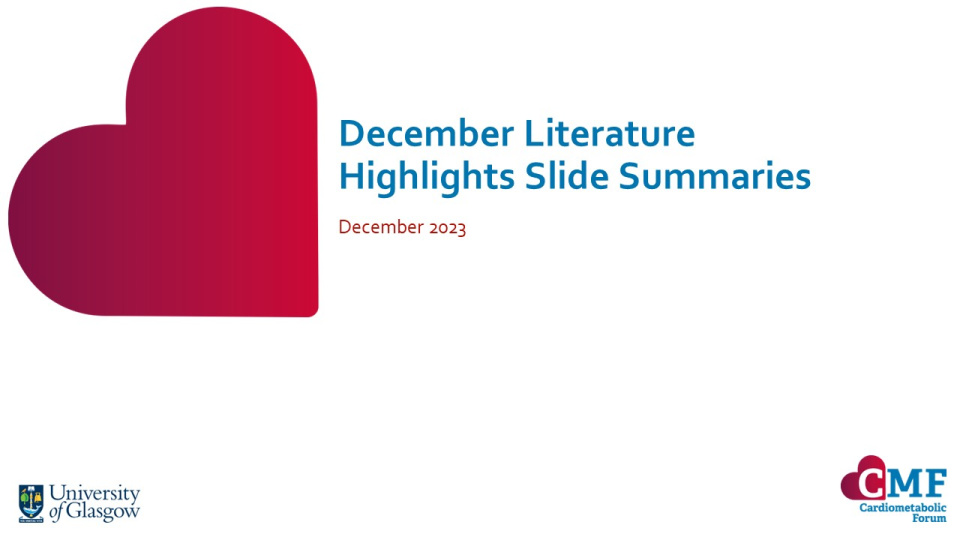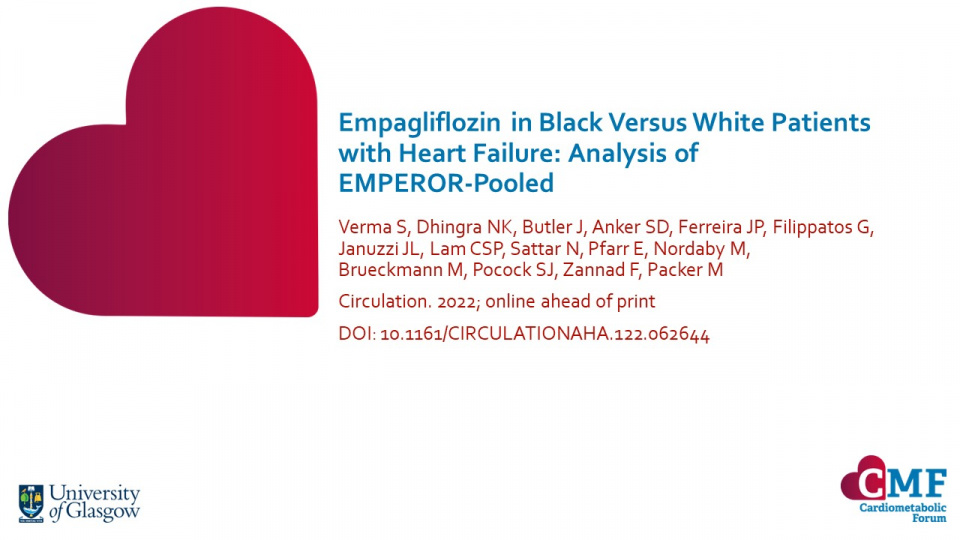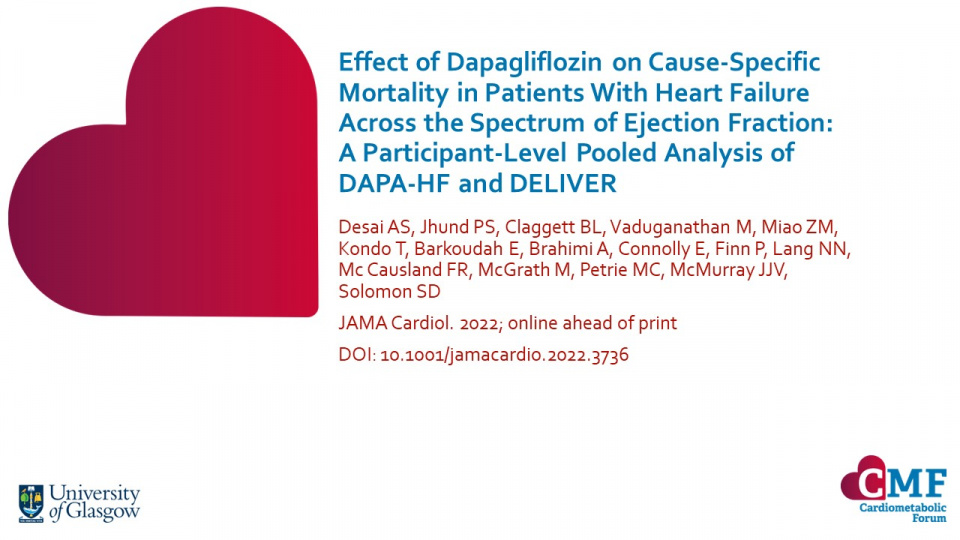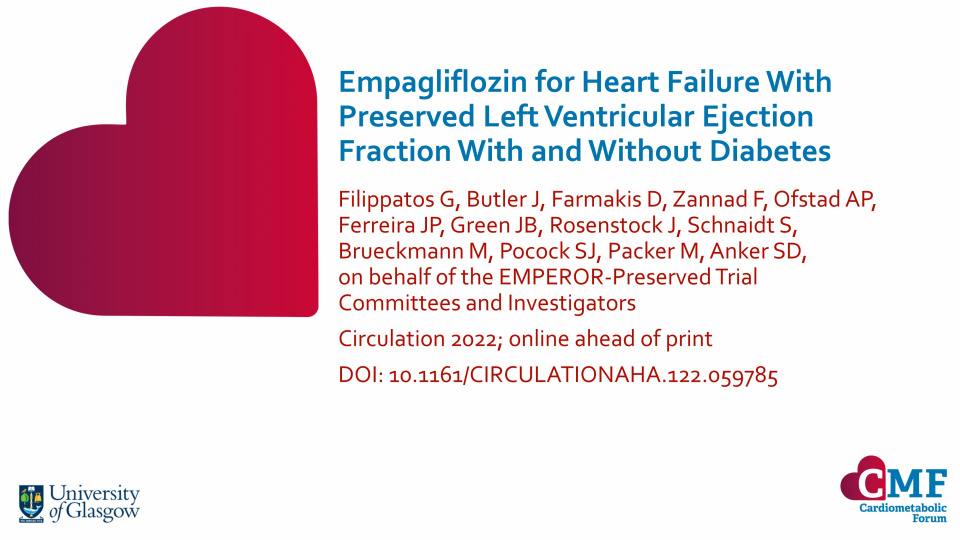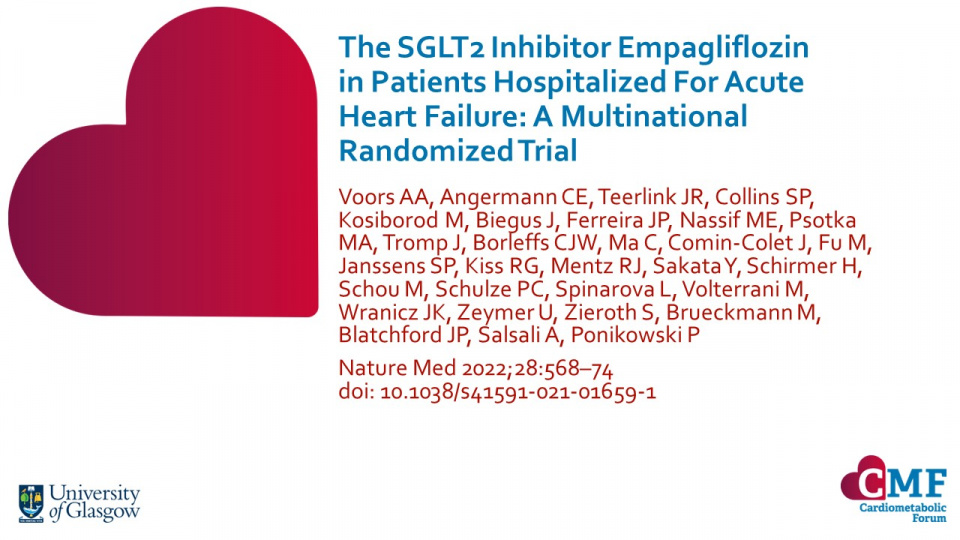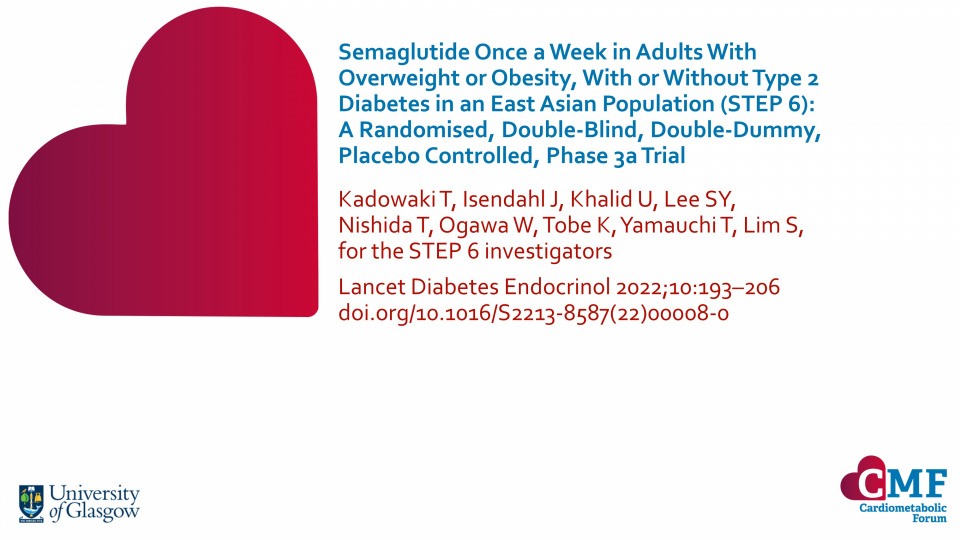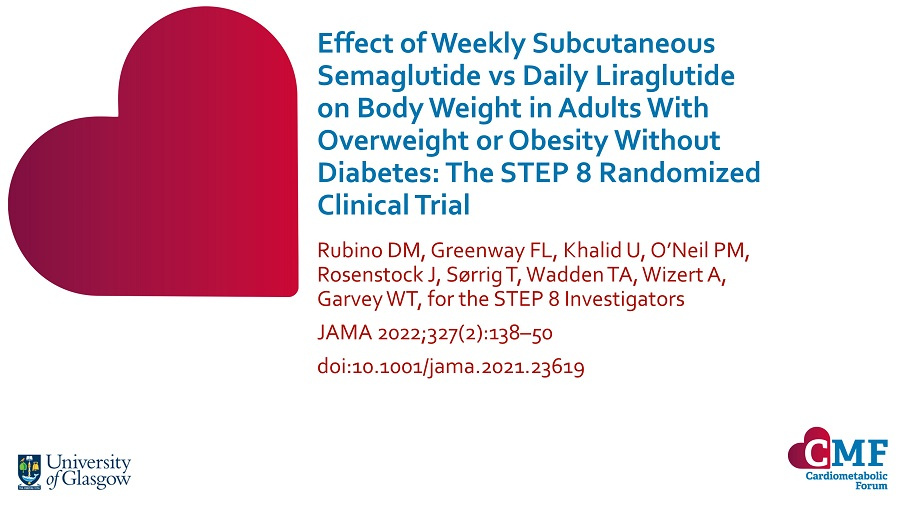Publications
Stay up to date with our literature reviews which are curated by experts to feature the most important publications released each month. Explore our publications for access to concise summary slides for your own use.
Empagliflozin in Black Versus White Patients with Heart Failure: Analysis of EMPEROR-Pooled
Circulation. 2022; online ahead of print DOI: 10.1161/CIRCULATIONAHA.122.062644
While analyses from DAPA-HF and EMPEROR-Reduced demonstrated a consistent benefit of SGLT2i in Black patients, data were limited to HFrEF and included a small number of Black patients. In the current analysis, the efficacy and safety of empagliflozin according to Black vs White race in the Americas was assessed across the spectrum of EF in EMPEROR-Pooled, a combined dataset from both EMPEROR trials.
Keywords:
Effect of Dapagliflozin on Cause-Specific Mortality in Patients With Heart Failure Across the Spectrum of Ejection Fraction: A Participant-Level Pooled Analysis of DAPA-HF and DELIVER
JAMA Cardiol. 2022; online ahead of print DOI: 10.1001/jamacardio.2022.3736
In a prospective, patient-level pooled meta-analysis of the DAPA-HF and DELIVER trials, dapagliflozin-associated reductions in CV mortality in patients with HF appeared to be principally due to lower rates of sudden death and HF death, regardless of EF.
Empagliflozin for Heart Failure With Preserved Left Ventricular Ejection Fraction With and Without Diabetes
Circulation 2022; online ahead of print
In patients enrolled in EMPEROR-Preserved, empagliflozin significantly reduced the risk of heart failure (HF) outcomes irrespective of diabetes status.
Keywords:
The SGLT2 Inhibitor Empagliflozin in Patients Hospitalized For Acute Heart Failure: A Multinational Randomized Trial
Nature Med 2022;28:568–74 doi: 10.1038/s41591-021-01659-1
Empagliflozin is well tolerated in patients hospitalised for acute heart failure, resulting in significant clinical benefit 90 days after treatment initiation.
Semaglutide Once a Week in Adults With Overweight or Obesity, With or Without Type 2 Diabetes in an East Asian Population (STEP 6): A Randomised, Double-Blind, Double-Dummy, Placebo Controlled, Phase 3a Trial
Lancet Diabetes Endocrinol 2022;10:193–206. doi.org/10.1016/S2213-8587(22)00008-0
In this Phase 3a trial in an east Asian population, semaglutide 2.4 mg QW was shown to have superior and clinical meaningful reductions in bodyweight versus placebo, as well as greater reductions in abdominal visceral fat.
Effect of Weekly Subcutaneous Semaglutide vs Daily Liraglutide on Body Weight in Adults With Overweight or Obesity Without Diabetes: The STEP 8 Randomized Clinical Trial
JAMA 2022;327(2):138–50 doi:10.1001/jama.2021.23619
Among adults with overweight or obesity without diabetes, QW SC semaglutide compared with QD SC liraglutide – added to counselling for diet and physical activity – resulted in significantly greater weight loss at 68 weeks.

